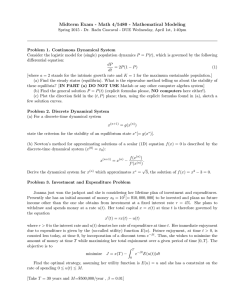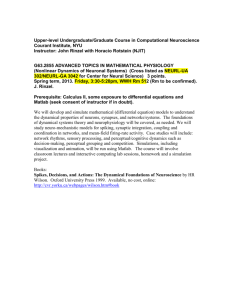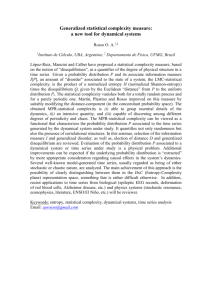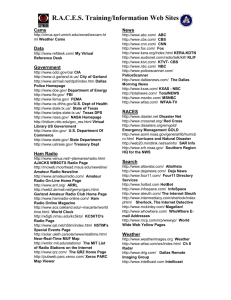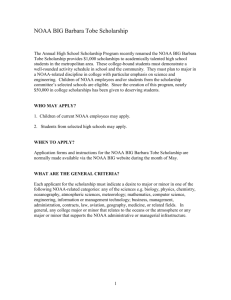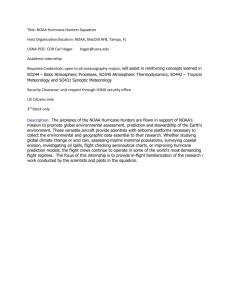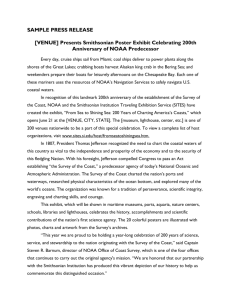Evaluating Performance and Scalability of Candidate Dynamical
advertisement
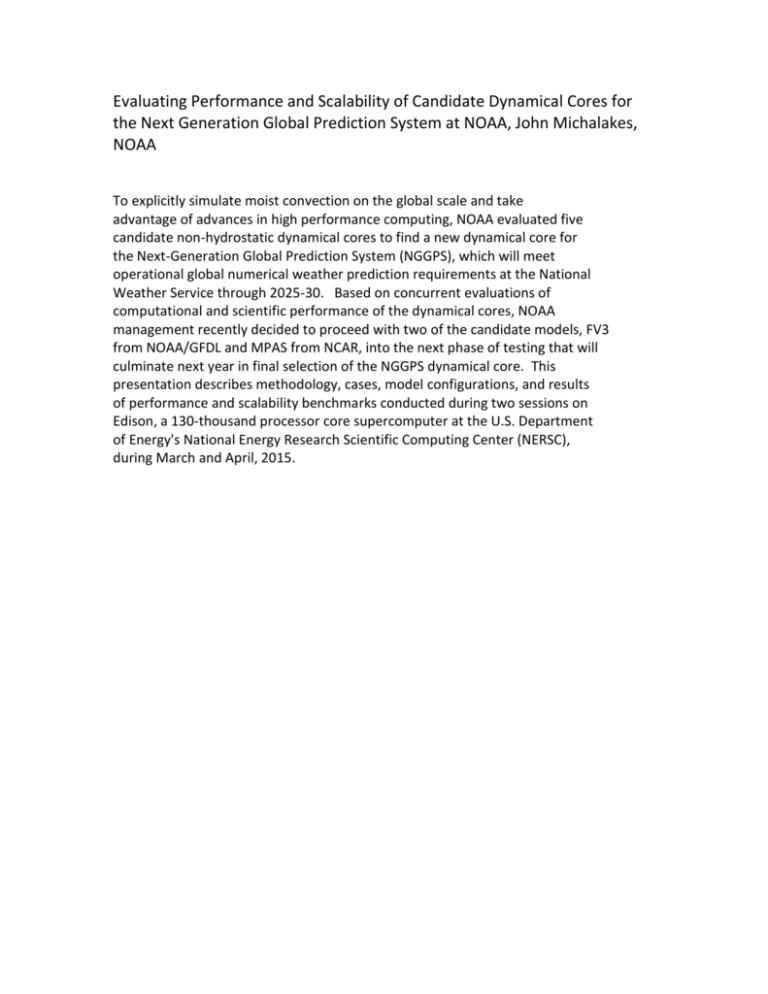
Evaluating Performance and Scalability of Candidate Dynamical Cores for the Next Generation Global Prediction System at NOAA, John Michalakes, NOAA To explicitly simulate moist convection on the global scale and take advantage of advances in high performance computing, NOAA evaluated five candidate non-hydrostatic dynamical cores to find a new dynamical core for the Next-Generation Global Prediction System (NGGPS), which will meet operational global numerical weather prediction requirements at the National Weather Service through 2025-30. Based on concurrent evaluations of computational and scientific performance of the dynamical cores, NOAA management recently decided to proceed with two of the candidate models, FV3 from NOAA/GFDL and MPAS from NCAR, into the next phase of testing that will culminate next year in final selection of the NGGPS dynamical core. This presentation describes methodology, cases, model configurations, and results of performance and scalability benchmarks conducted during two sessions on Edison, a 130-thousand processor core supercomputer at the U.S. Department of Energy's National Energy Research Scientific Computing Center (NERSC), during March and April, 2015.

